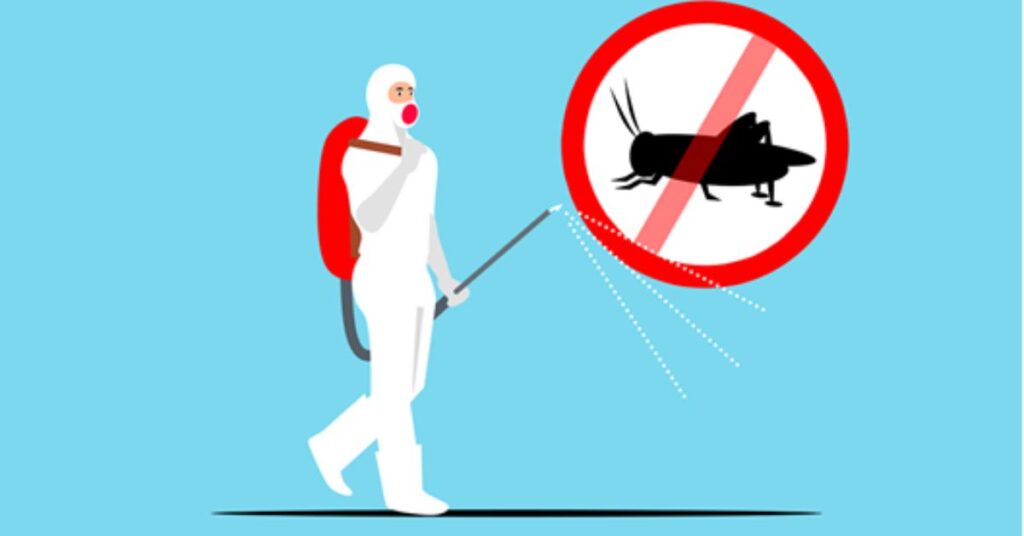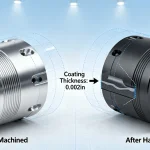Have you ever stumbled upon a buzzing bee hive in your backyard? Bees are vital to our ecosystem, but when they invade our homes, removing bee hives becomes necessary.
This guide will explore removing bee hives effectively while ensuring safety for all involved. This involves understanding when to call in experts, learning safe hive removal, and discovering methods to handle it all on your own.
Identifying a Bee Hive
The first step in bee hive extraction is to identify the hive itself. Bee hives can often be mistaken for wasp nests or simply a gathering of bees buzzing around. Honeybees usually create their hives in sheltered locations, often in trees, attics, or wall cavities of houses.
You might see lots of bees flying in and out of the same location. Look for honeycomb shapes, which often appear in clusters, either from the outside or inside your walls.
If you recognize these indicators, it’s time to take action. Recognizing a hive early can help prevent larger issues down the line.
Why Use Safe Methods for Bee Hive Removal?
Using safe methods for hive removal is essential for several reasons. Firstly, it protects the bees, which play an essential role in pollination.
A gentle approach to hive removal can prevent the bees from attacking in defense. It prevents damage to your property, which could happen if you rush through the process.
When considering safe hive removal, think about the various options available to you, including calling in professionals or using DIY methods. The method you choose should depend on your level of comfort with bees.
Professional Bee Hive Removal
At times, the best option is to rely on experts in pest control. Pest control services specialize in non-lethal removal techniques, ensuring bees are relocated rather than exterminated. It’s important to choose a service that is knowledgeable about bee behavior and has experience in safe hive removal practices.
These professionals often use calm and measured tactics that keep both the bees and humans safe. Furthermore, many pest control services have the necessary tools and protective gear for bee removal to handle such tasks effectively. Relying on experts minimizes risks and helps maintain the ecological balance.
DIY Bee Hive Removal
If you prefer to take the DIY bee hive removal, safety should remain your top priority. Significant precautions are required when attempting to remove a bee hive yourself. Here are some key steps to keep in mind:
Research
Understand bee behavior. Honeybees can be defensive, so knowing their patterns will help in planning your removal. If the hive is disturbed, the bees may swarm in defense. Make sure you’re prepared to handle this by being in the right mindset and fully suited up.
Identify the Type of Bee
Determine whether they are honeybees, carpenter bees, or other species. Honeybees are more likely to create hives in wall voids, attics, or under roof eaves. These hives are typically easier to relocate with the right equipment.
Carpenter bees are different; they bore into wood to make nests. While they can still be dangerous, they are usually less aggressive than honeybees.
These can be even more aggressive and difficult to deal with, so identifying the species is key before attempting any removal.
Protective Gear for Bee Removal
Always wear proper gear. This includes a beekeeping suit, gloves, and a veil to protect your face. The right protective gear helps you feel more confident and reduces the risk of being stung.
Wear thick gloves that cover your wrists and hands. A veil is essential for protecting your face and eyes from potential stings. Make sure to wear long pants tucked into boots or socks. Be sure to cover any exposed skin to avoid stings.
Timing
Bees are less active during the cooler parts of the day, so the best time to remove a hive is typically early in the morning or just before dusk. During these times, most bees will be inside the hive and not flying around, reducing the risk of swarming or stinging.
During the day, bees are more active and likely to defend their hive.
Check Allergies
If anyone in your household has an allergy to bee stings (even mild allergies), it’s vital to have an epinephrine injector (EpiPen) nearby and consider calling a professional instead. Even if you’re not allergic, a bee sting can cause swelling and pain.
Let everyone in the vicinity know you’re performing a bee hive removal, so they are aware and can keep a safe distance.
Have a Backup Plan
If the bees become too aggressive or if you are unsure about handling the hive, be prepared to call a professional pest control service or a local beekeeper. Beekeepers can help remove bee hives.
Common Bee Hive Extraction Methods
There are several bee hive extraction methods. Some common techniques include:
Smoke
Using smoke helps remove bee hives, making them less defensive. The smoke masks alarm pheromones that bees release.
Vacuum Extraction
This method easily gathers the bees with a specialized vacuum designed specifically for them. The bees are not harmed but are safely collected and relocated.
Cutting Out the Hive
In this method, the entire hive is accessed from where it is built, usually resembling a rectangular block. This is often done with expert guidance.
While each method comes with pros and cons, they all aim to ensure bee safety during the removal process. It’s essential to assess these options carefully.
Post-Removal Care and Considerations
After successfully removing bee hives, it is crucial to take care of the area where the hive was located. Here are some considerations for post-removal:
Inspect for Any Damage
Bees can create cavities in walls, leading to future pest problems. Make necessary repairs to prevent other pests from relocating.
After the hive is removed, carefully inspect the area for any gaps, cracks, or openings that might allow pests to enter. Pay attention to corners, vents, and around windows or doors.
Once you’ve identified any damage, it’s crucial to repair or seal those areas to prevent other pests from getting in. Use appropriate materials like caulk, expanding foam, or wood filler to seal holes. If there’s significant structural damage, you may need to consult a professional contractor.
Clean the Area Thoroughly
Removing any residue from the hive can help prevent other bees from returning. Ensure you clean up any honeycomb or wax remnants too.
Start by scrubbing the area with a mixture of soap and water to remove sticky residue. You can also use a diluted bleach solution to sanitize and neutralize any lingering scents that might attract bees.
When removing bee hives, dispose of them away from your home or yard. Bees or other pests could be drawn to it if left nearby.
Consider preventative measures. After you’ve removed the hive, evaluate your property to see if any improvements can prevent future bee invasions. Ensuring no entry points are left open is crucial.
When to Request Professional Help
While some may try to handle bee hive removal on their own, there are scenarios when professional help is necessary. If you suspect that the hive is large or deeply integrated into your home structure, it is best to seek assistance. Additionally, if you or a family member is allergic to bee stings, calling in pest control services is the safest route.
Professionals have specialized tools and training that allow them to manage hives effectively. They can identify the best practices for safe hive removal while reducing risks for everyone involved.
Understanding Home Value in Relation to Bee Hives
In addition to safety, it’s vital to consider how a bee hive can affect your home’s value. Potential buyers may be put off by the presence of bees or visible evidence of a hive. A known pest problem can lead to lower offers and even extended time on the market.
By removing bee hives promptly and effectively, you work to preserve your home’s value while ensuring a peaceful living environment. This proactive approach helps you avoid any unwanted surprises when it comes time to sell.
Educational Resources
Education is essential when removing bee hives. Visiting local library resources or trustworthy websites can help you learn more about bee behavior and removal solutions. Organizations such as The Bee Conservancy provide valuable insights into how to handle local bee populations responsibly.
Also, consider taking an introduction to beekeeping course. Many gardeners find it delightful to explore the world of bees while also learning how to keep their own plants thriving.
Protect your home, your family, and the bees with respectful and effective practices. For those who feel overwhelmed, remember that numerous pest control services are available, ready to assist with your bee-related concerns.
Safe and Responsible Removing Bee Hives
Removing bee hives responsibly is crucial for the safety of both humans and bees. Whether opting for DIY techniques or enlisting the help of professionals, always prioritize safe bee hive removal practices.
Remember that taking care of your home extends beyond the present; it can affect your property’s future value as well.







